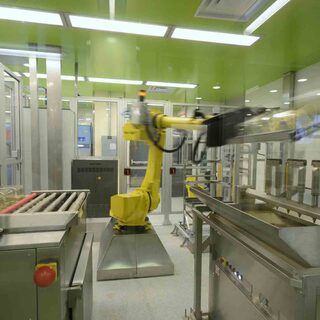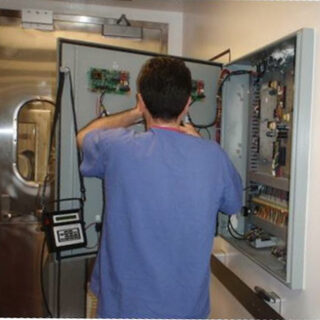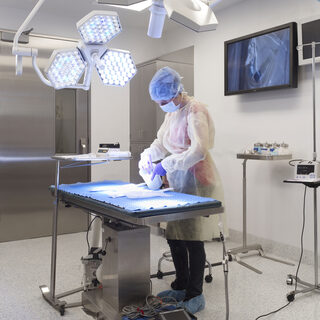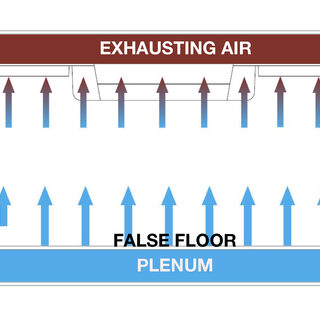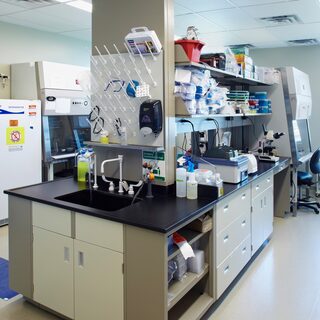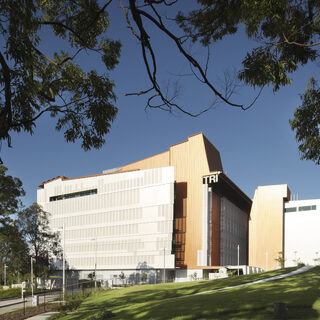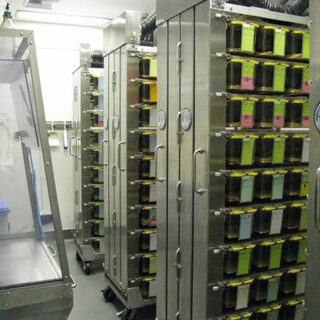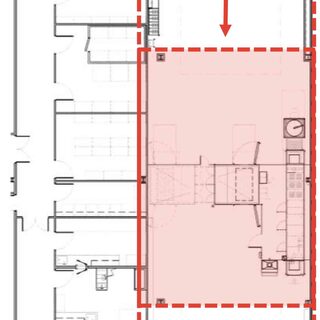New ANSI Standard Z9.14 Governs BSL-3 and ABSL-3 Performance Verification Methodologies
The new ANSI Standard Z9.14-201X will govern the testing and performance verification methodologies for ventilation systems for BSL-3 and ABSL-3 facilities. High containment laboratory verification is the systematic review and evaluation of all safety features and processes associated with the laboratory, including engineering controls, personal protective equipment, SOPs, administrative controls, and building and system integrity.



